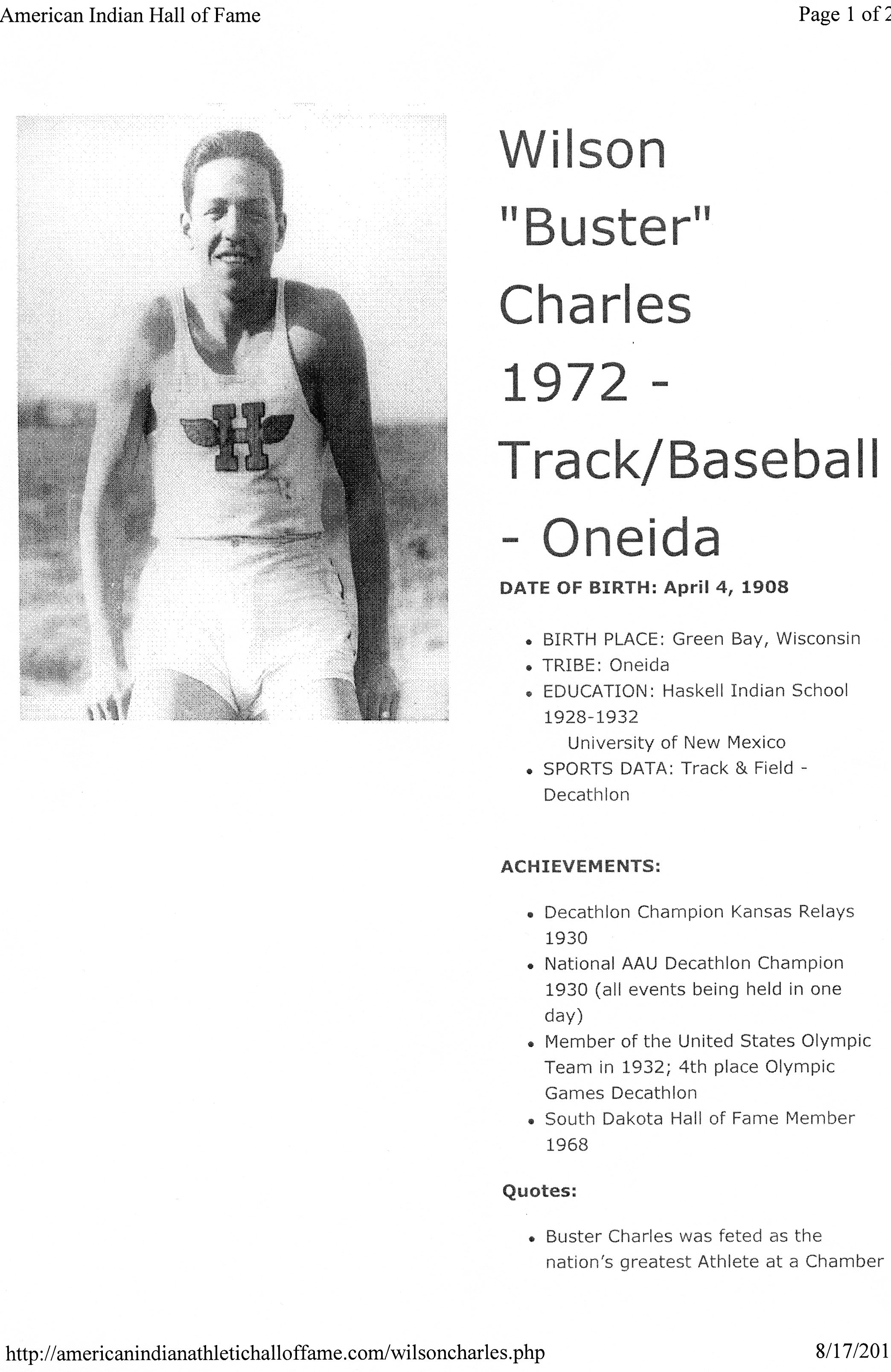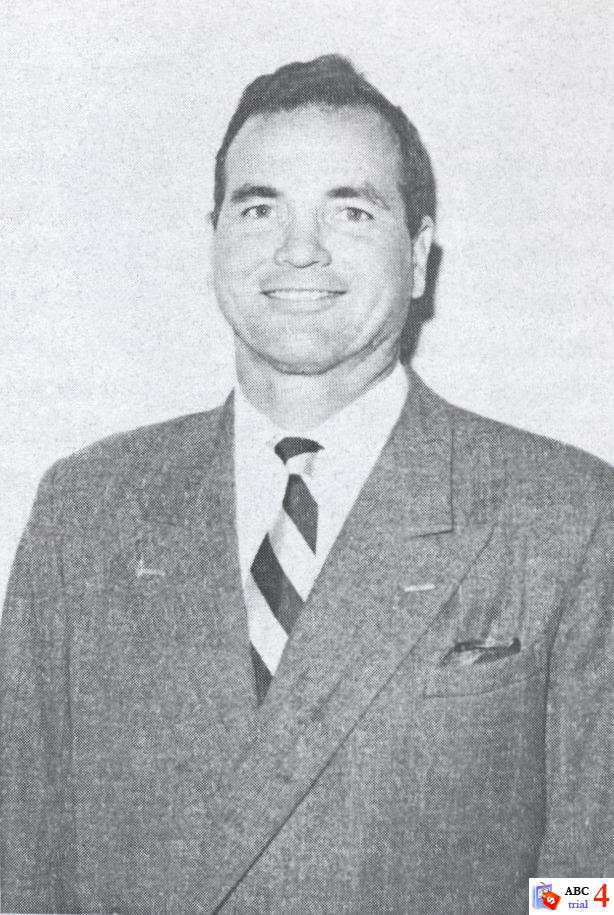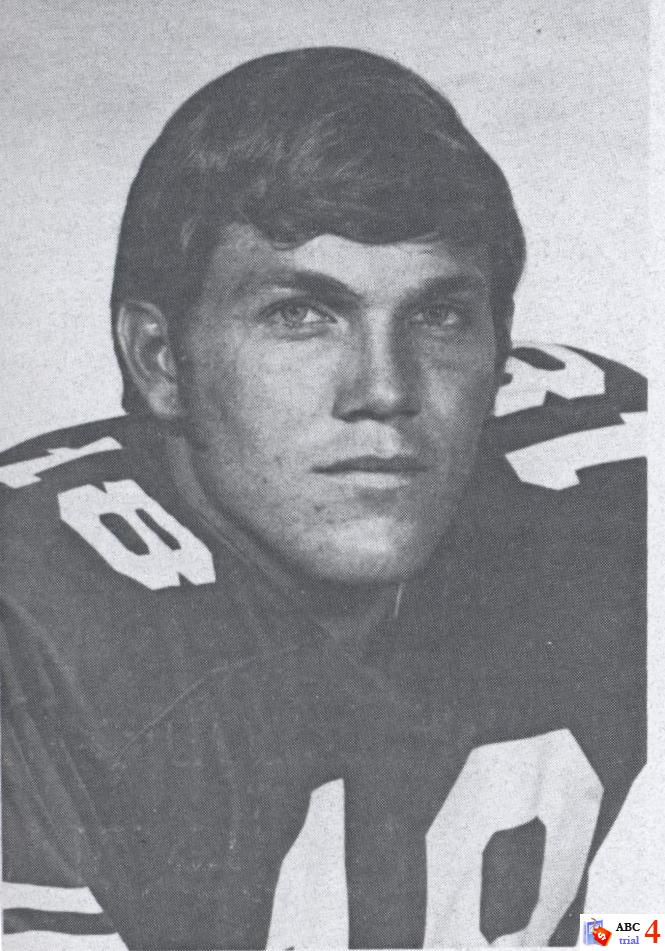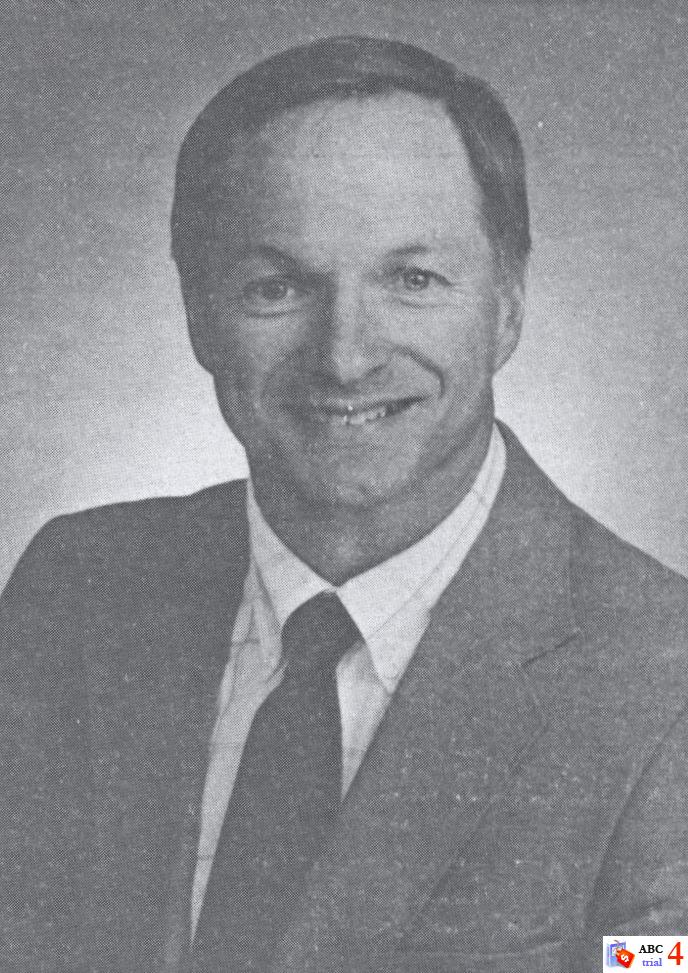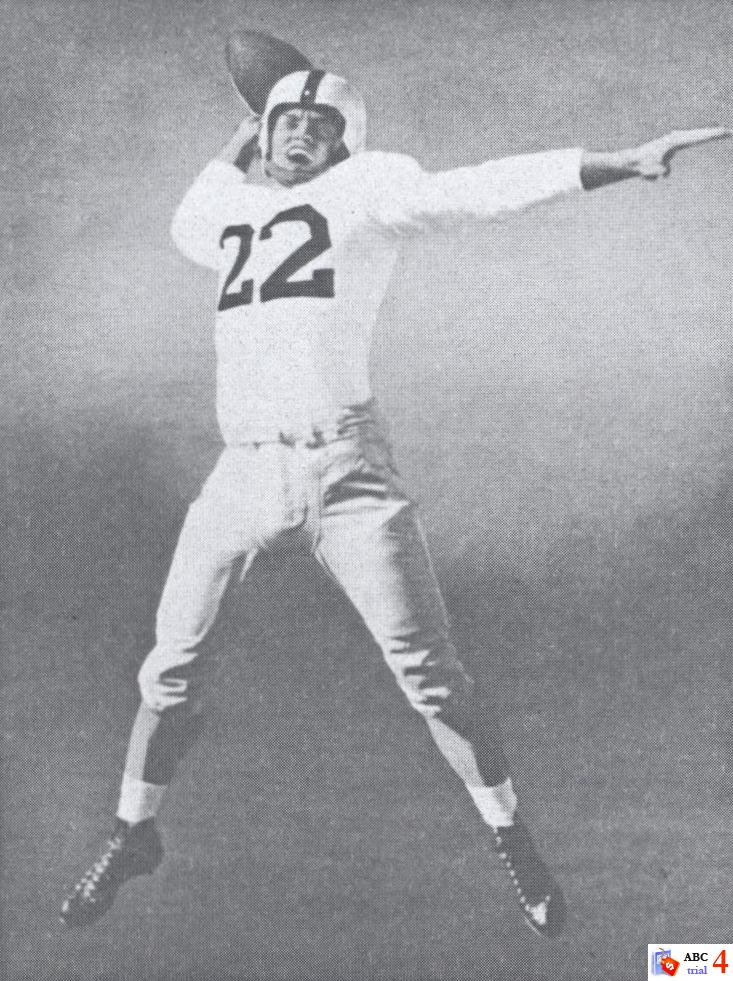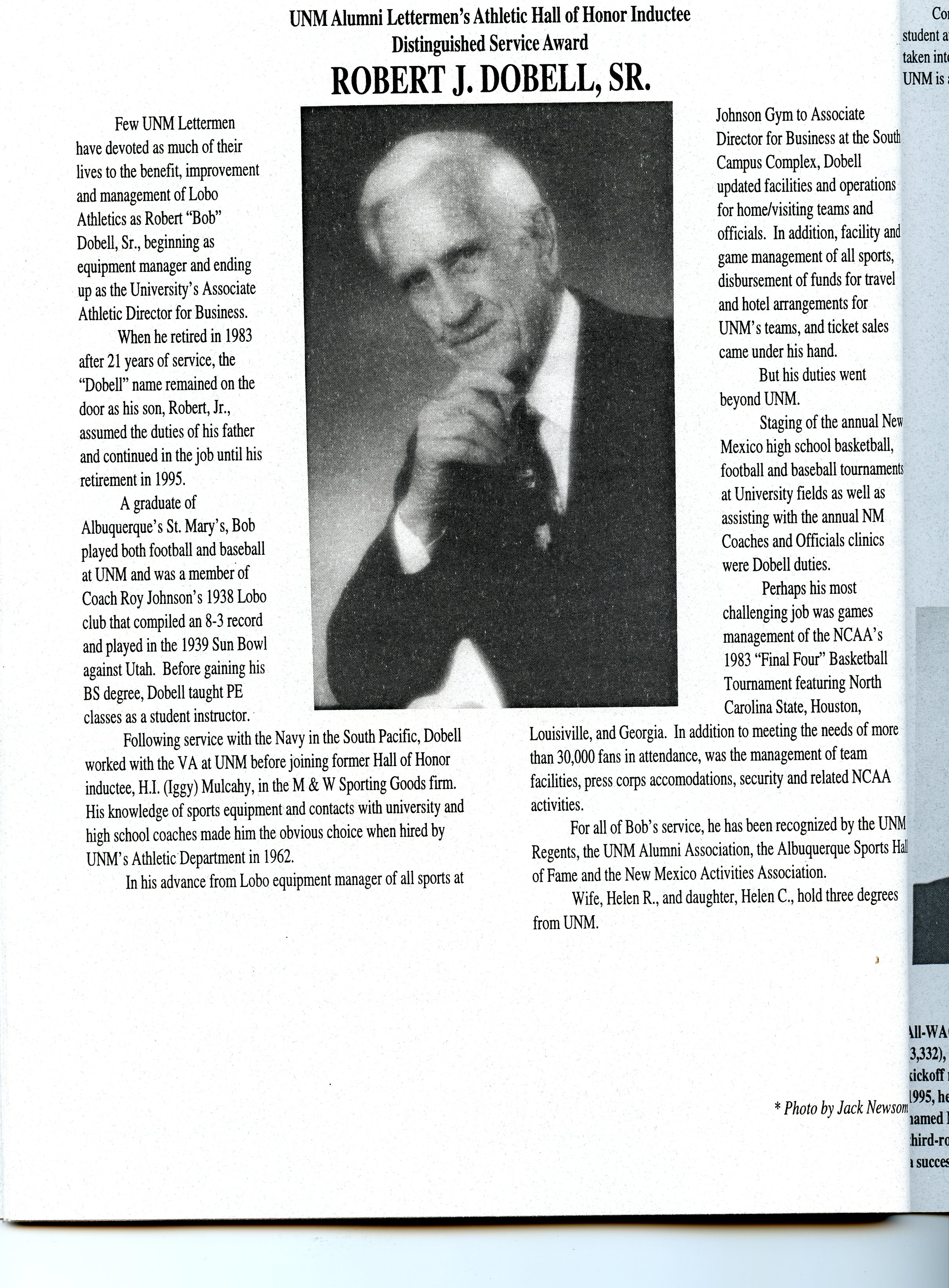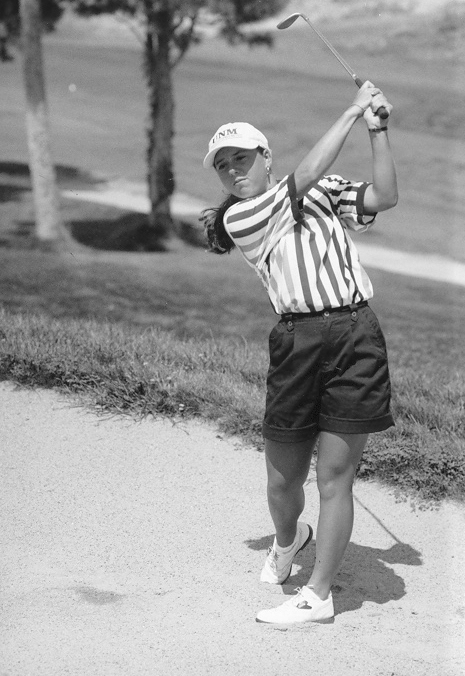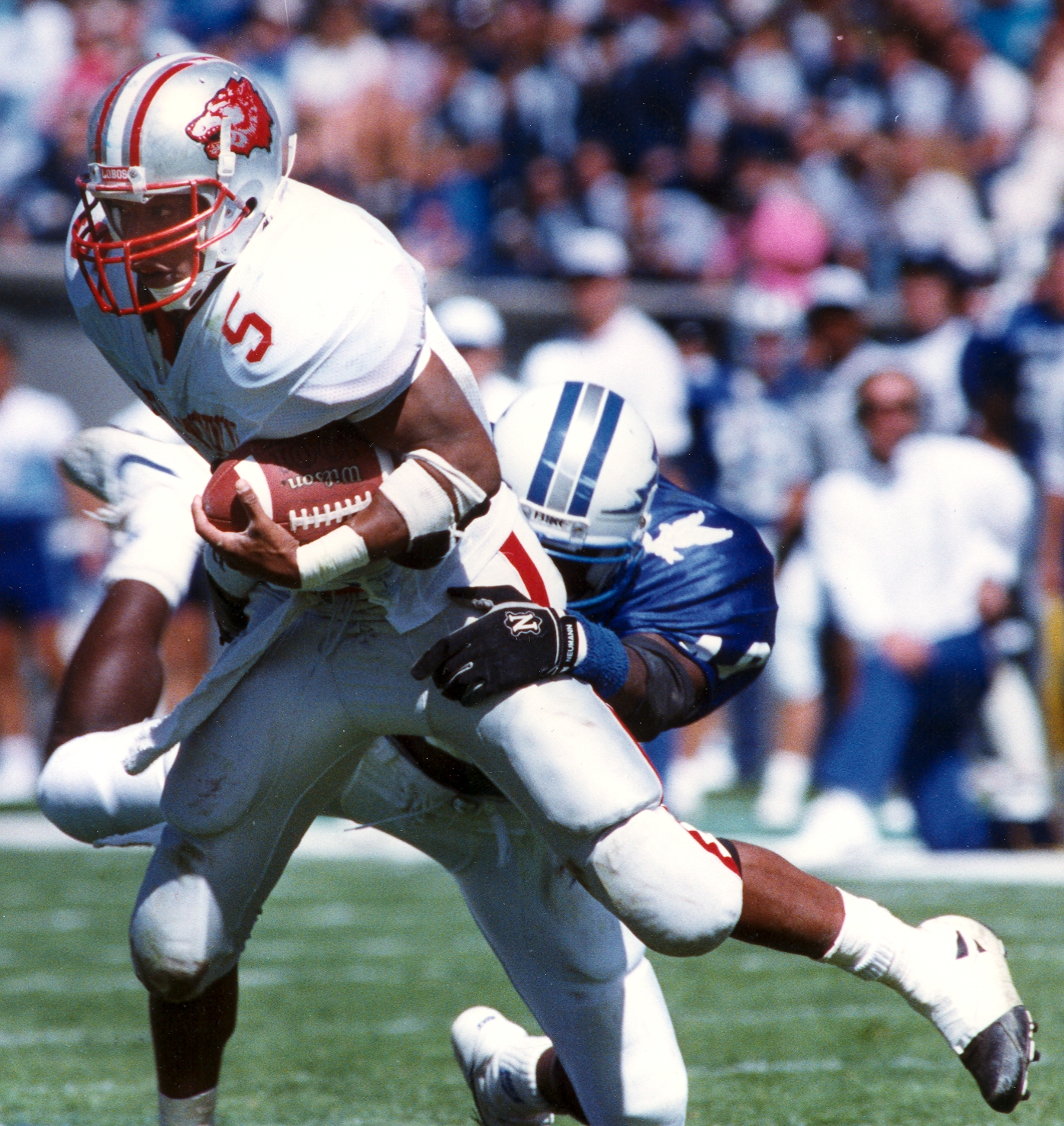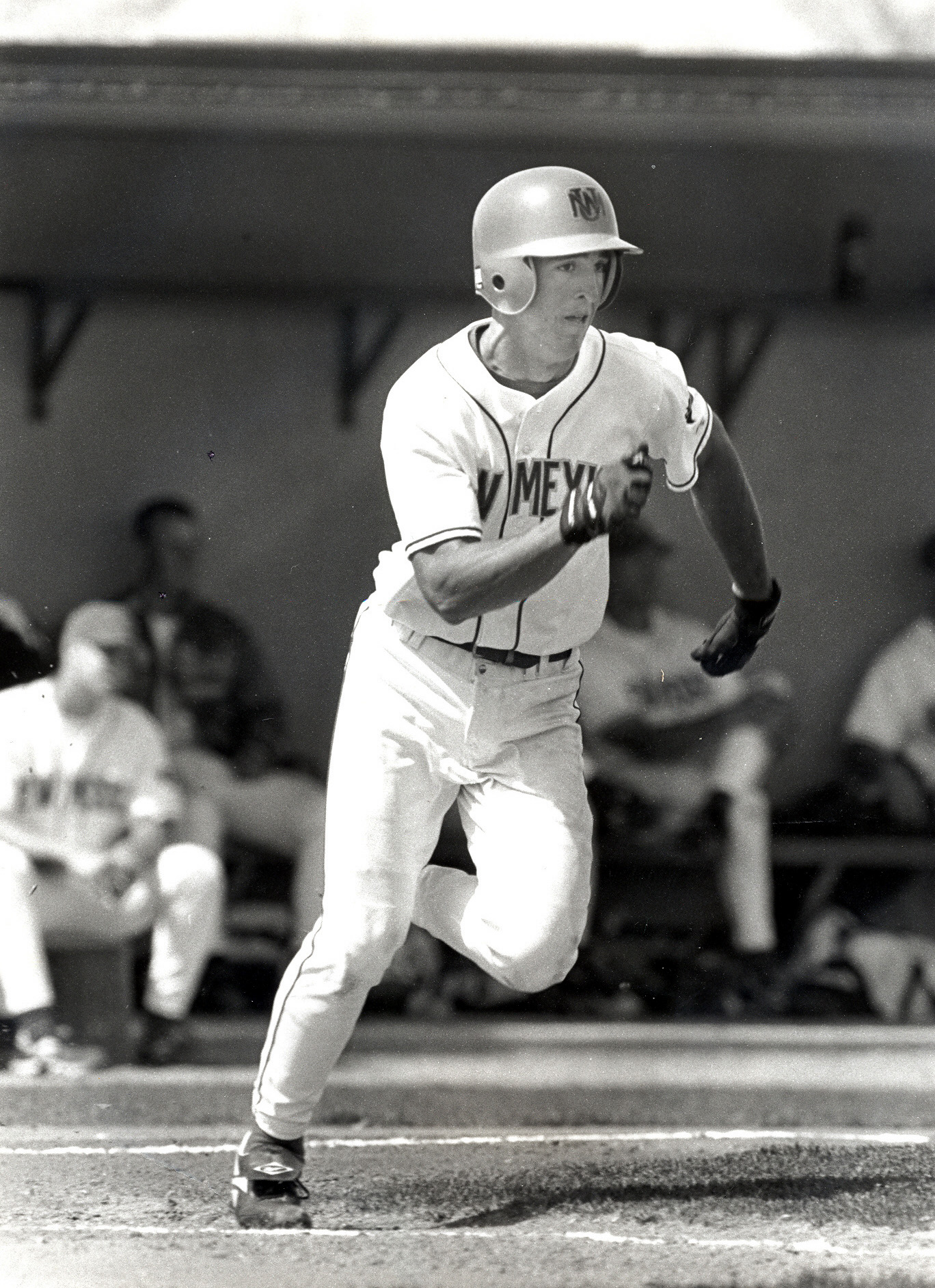- Dr. James “Jim” Bradley
- Dr. James “Jim” Bradley
When Jim Bradley reported to head coach Marv Levy’s 1958 football team as a 6-foot-1, 234-pound freshman tackle, the Cleveland, Ohio, native never realized the impact he would have on UNM, Albuquerque and New Mexico.
Bradley attained fame as a second team All-Skyline pick and a first team academic all-conference selection. He was a member of UNM’s 1961 Aviation Bowl championship team. Only an untimely knee injury late in his senior season kept him from an NFL career with the Dallas Cowboys.
Bradley repaid UNM ten-fold for the opportunity as he was the first African-American athlete to graduate in four years (1962) and also the first African-American athlete to obtain his Ph.D. (Utah ’77).
After UNM, Bradley joined the business world as regional Job Corps executive for Arizona, New Mexico and Utah in 1963. Later, he was named director of the Manpower Training Center (operated by Thiokol Chemical) in Utah where he was responsible for 439 instructors and support staff who taught remedial and vocational education to more than 1,400 disadvantaged youth.
Just as he had reached this success, Bradley suffered his biggest setback – he lost his sight due to sarcodosis of the optic nerve. However, that did not deter him from getting his master’s and doctorate from the University of Utah.
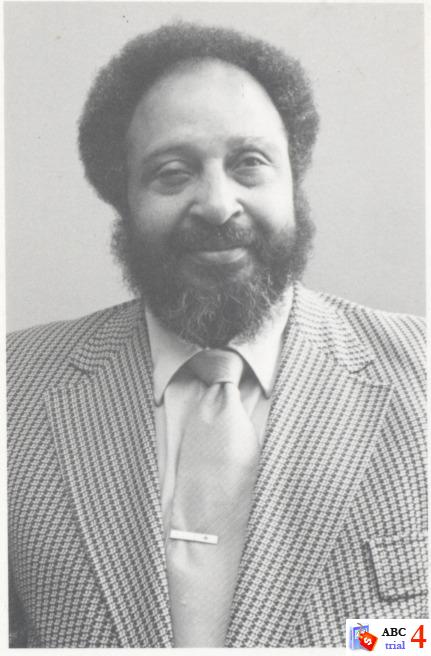
- Wilson “Buster” Charles
- Wilson “Buster” Charles
Buster Charles was the first Native American to play football at UNM, and the first UNM Native American student-athlete to gain an Engineering degree and to participate in the Olympic Games as the United States decathlon champion.
Charles, an Oneidan Indian from South Dakota, was a student at Haskell Institute and the University of Kansas before enrolling at UNM in 1930. He was a swift and powerful running back for Roy Johnson and Charles Riley, but it was track and field that he excelled.
Charles won the decathlon at the 1931 U.S. Championships and was primed for a run at the gold medal at the 1932 Olympics in Los Angeles. However, Charles suffered knee and shoulder injuries and a broken back in a football game against Arizona in the fall of ‘31. He was hospitalized in a body cast for six weeks.
Undaunted by his misfortune, Charles trained day and night for a spot on the U.S. team. He made it, and finished fourth in the Olympic Games. In his honor, Haskell created the Buster Charles Award that is presented annually to the top Native American athlete in the United States. Essentially on the same level as the great Jim Thorpe, Charles was inducted into the Native American Indian Athletic Hall of Fame.

- Bill Dwyer
- Bill Dwyer
Sportswriters in the Southwest dubbed him the “Desert Werewolf,” a 5-foot-11, 183-pound halfback from Sullivan, Ill., “who swept across the plains like a flashing, whirling New Mexico tornado – an elusive, rugged gray ghost with the power of a tractor.”
He was a star on the Lobos’ 1939 Sun Bowl team and “one of the nation’s finest running backs,” gaining 718 rushing yards, scoring 11 touchdowns and punting for a 46-yard average. Dwyer, who also lettered in boxing and track and field, was UNM’s first NFL product, signing with the Chicago Cardinals. He received his bachelor’s degree in 1939 and master’s in 1942.
After induction into the Army in World War II, Dwyer wound up in Washington, D.C., with the State Department in 1944. That appointment started a diversified 43-year caree with the United States government: U.S. Foreign Service Officer in Japan and China for General Douglas MacArthur and General George C. Marshall; a diplomat in several U.S. embassies; director of field operations for the Department of Commerce; President John F. Kennedy’s appointee to the U.S. National Export Council.
Dwyer officially retired from government service in 1987 to live in Albuquerque.

- Rocky Long
- Rocky Long
He rode the bench as a freshman on the 1968 Lobo team that finished 0-10 under new coach Rudy Feldman. By the time he was a senior in 1971, Rocky Long had piloted UNM to consecutive winning seasons and second-place finishes in the Western Athletic Conference, and been the trigger on one of the nation’s most potent running games.
The 5-foot-10, 185-pound California native moved from defensive back to quarterback early in his sophomore season to operate the wishbone offense. How adept was Long at the running triple option? UNM led the WAC in rushing offense in 1970, then finished second in the nation to Oklahoma in 1971. Long led UNM in total offense three straight seasons and etched his name in the Lobo record book in several categories. He was the WAC Offensive Player of the Year as a senior and also academic all-conference.
After a brief stint playing in the Canadian Football League, Long followed in his father’s footsteps of being a coach. Long has been an assistant at Wyoming, TCU, Oregon State and UCLA.
Long would return to his alma mater in 1998 as head football coach. He would spend 11 seasons at UNM, becoming the school’s all-time leader in wins and guiding the Lobos to five bowl games over a six-year span.

- Dr. Gary Ness
- Dr. Gary Ness
Gary Ness’ allegiance to UNM runs the gamut – from fullback in the early 60s to associate professor in the College of Education, from pitcher/first baseman to a pair of degrees from UNM, from Ph.D. at Stanford to director of athletics at his alma mater.
Like fellow inductee Jim Bradley, Ness was recruited by Marv Levy in 1959, but he played for Bill Weeks from 1961-63. During that time, UNM won the Aviation Bowl and a pair of Western Athletic Conference championships.
Ness chose football coaching as his first profession, serving as a graduate assistant at Stanford. Later, he was an assistant at North Texas where his most noteworthy pupil was a guy named Joe Greene, a future NFL Hall of Fame inductee with the Pittsburgh Steelers.
Ness joined the faculty at North Texas before returning to UNM and the College of Education in 1977. Eleven years later, Ness was the school’s interim director of athletics only to take on the position full-time a year later.
While serving as Director of Athletics, Ness erased a financial deficit and increased the department’s budget from $6.3 million to $10 million. Among his many accomplishments were increased staffing in several areas and sports, bringing the Lobo Club under departmental administration and lobbying for tuition remission for scholarships, a huge savings to the department.
Ness returned to the College of Education as associate professor in 1992. He was inducted into the UNM Hall of Honor on his birthday, Nov. 7.

- Chuck Hill (posthumous)
- Chuck Hill (posthumous)
The balance, grace and sheer artistry of his broken field running made Chuck Hill one of Albuquerque’s and UNM’s finest football athletes of the 40s and 50s. After starring at Albuquerque High, Hill enrolled at UNM and quickly established himself as one of the nation’s premier kickoff return specialists.
Hill led the NCAA in kickoff return average in 1950 (27.0) and 1951 (29.6). In 1950, he scored a school-record five touchdowns against Northern Arizona. Perhaps the greatest accolade given to Hill came from famed sportscaster Ted Husing afer Hill returned six kickoffs for 150 yards in a game at No. 1-ranked Army: “Hill is by far the best back on the field today.”
Many of Hill’s return records remained intact past the turn of the current century, including 215 yards on kickoffs against West Texas State in 1950. He accounted for 3,347 all-purpose yards from 1949-51.
Hill’s athletic prowess extended to baseball where he played third base and catcher for head coach George Petrol.
Chuck Hill died in Missouri in 1969. He was posthumously inducted into the Albuquerque Sports Hall of Fame in 1990.

- Bob DoBell, Sr
- Bob DoBell, Sr

- Joellyn Erdmann Female Athlete of the Year
- Joellyn Erdmann Female Athlete of the Year
Golf
• WAC individual medalist in 1995 and 1996
• WAC Freshman of the Year in 1994
• Academic All-WAC
• ASUNM Student Senator

- Winslow Oliver Male Athlete of the Year
- Winslow Oliver Male Athlete of the Year
Football
• 1st team All-WAC running back in 1995
• Team captain who finished his career No. 2 all-time at UNM with 3,332 rushing yards and 5,375 all-purpose yards
• MVP of the Hula Bowl after scoring two touchdowns; also played in the Blue-Gray game
• 3rd-round pick of the Carolina Panthers in the 1996 NFL Draft

- Travis Young
- Travis Young
Baseball
• WAC Player of the Year and Mizuno 1st team All-American at second base
• Academic All-American
• Had a 3.7 cumulative grade point average
• Very active in community projects

